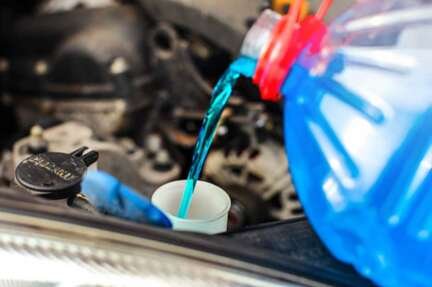Do you need to pull something tight or hold it in place? Are you working on a project needing strong support? Turnbuckle assemblies are simple tools for pulling, stretching, and holding things steady.
Whether you are working with wires, ropes, or steel cables, turnbuckles make the job easier and safer. Keep reading to learn about the best options for strong and secure rigging.
What Is a Turnbuckle Assembly?
A turnbuckle assembly consists of a sturdy metal body with two ends, each featuring a screw that can be turned clockwise or counterclockwise. As the screw turns, it creates a pulling action that tightens or loosens the line, securing the object in place even when subjected to heavy tension.
Turnbuckles are versatile and widely used in various settings. For instance, they’re often employed on boats to secure sails or rigging, ensuring a stable and smooth voyage. In construction, they help to tighten cables and wires, providing additional support to buildings and bridges.
In the entertainment industry, turnbuckles are used in stage setups to hold heavy lighting or sound equipment, guaranteeing a safe and successful performance. Turnbuckles come in various sizes and shapes for different tasks, making them indispensable in many industries.
Choosing the Right Type
There are a few types of turnbuckles, and each has its own job. The most common ones are eye and eye, hook and eye, and jaw and jaw. These names tell you what kind of ends the turnbuckle has.
Eye and eye turnbuckles have closed loops on both ends. These are good for strong, permanent holds. Hook and eye types have one open hook and one loop.
These are better when you need to take things apart often. Jaw and jaw turnbuckles have strong clamp-like ends with pins. They are perfect for holding flat or wide items in place.
You should also consider the size and strength. Some turnbuckles are made for smaller tasks, while others can handle heavy loads. If you’re working with a lot of weight or pressure, choose a heavy-duty turnbuckle with a strong build.
Using Turnbuckles the Safe Way
When setting up a turnbuckle, ensure the ends are tightly secured. The threads must be clean and smooth to turn without difficulty. If they are difficult to turn or stuck, they may not secure properly. Once in place, test your turnbuckle by slowly adding pressure to the line.
Turnbuckles can be made of steel, stainless steel, or even aluminum. Steel is best for big jobs, while stainless steel is better for places with water or weather. No matter what kind you choose, always check for signs of rust or wear.
Turnbuckles can serve as a simple fix or part of a larger plan. Either way, using the right one keeps your work safe and strong.
A Strong Hold Every Time
Turnbuckle assemblies ensure a perfect pull and secure hold in your setup. They are easy to use, robust, and available in various types for different jobs. If you’re working on a rigging project, picking the right turnbuckle makes all the difference.
Learn how they work, choose wisely, and enjoy a tight, secure setup that lasts. Explore further insights and check out more posts on our blog!







